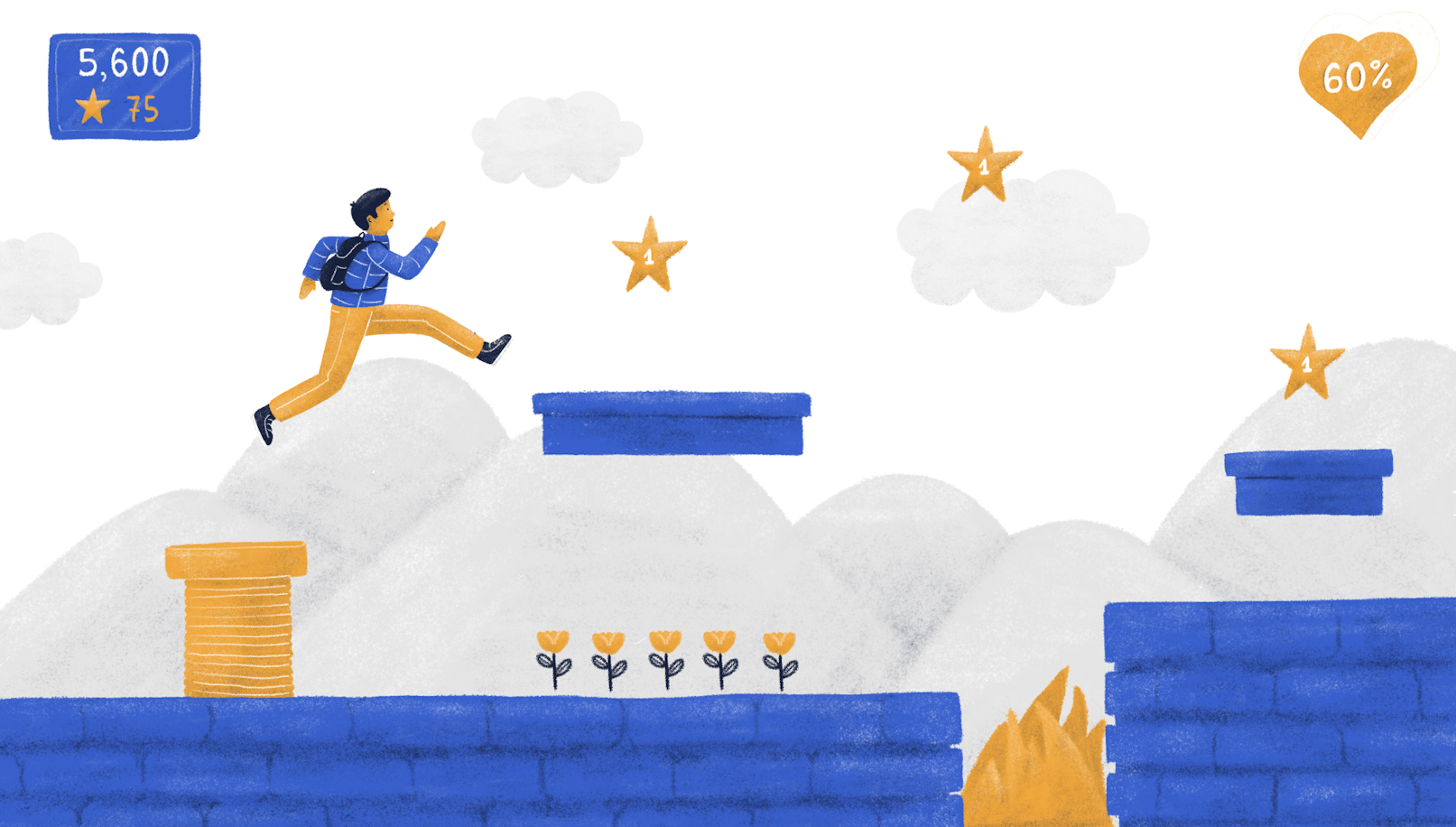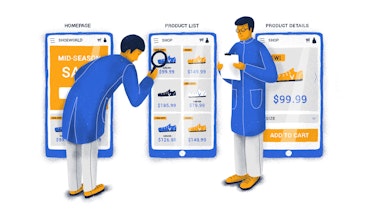Games have a special place in our hearts. They help us learn, unwind, and more importantly, they motivate us to act. Throughout the years, we’ve learned to use the thrilling nature of games to help us achieve more in our daily lives.
The incorporation of game elements outside a gaming environment is known as gamification. It’s been a thing before computers were invented, but the digital era has breathed new life into this practice.
In today’s article, we’ll explore what gamification is, as well as examine its underlying principles and objectives.
What is gamification?
Humans' passion for games is deep-seated. Games satisfy a broad spectrum of vital psychological needs like competence and relatedness.
This is partly why the gaming industry is so thriving in the modern business ecosystem. It provides us with the excitement of quick and repetitive rewards. Take a look at Statista's chart on the most popular Apple app categories. Unsurprisingly, games are at the top of the list.
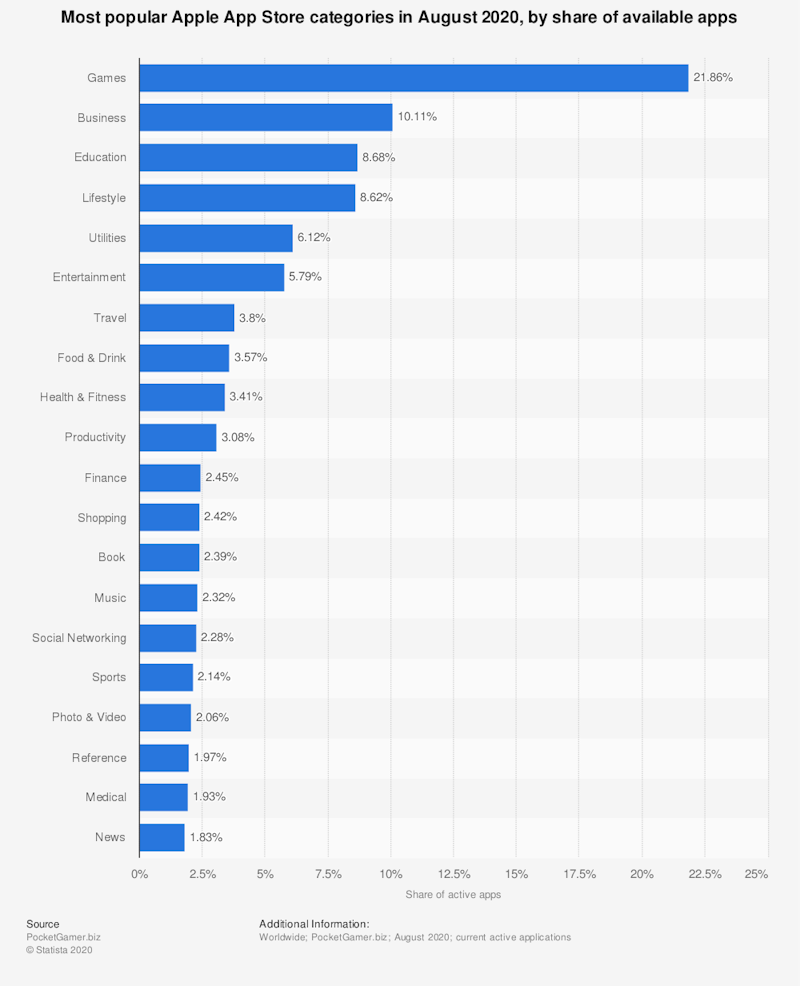
Applying game-like interactions in a non-gaming setting has shown to make us more engaged and passionate about things. Naturally, this practice has been used for both bad and good throughout the years.
Fortunately, the user-centeredness of modern design allows us to gradually discard harmful gamification practices. Today, UX designers use it to foster behaviors that benefit the end-user and potentially improve their quality of life.
More importantly, gamification isn’t a binary or monolithic concept. It can be incorporated in degrees, based on a product’s and the users’ needs. Furthermore, gamification isn’t a goal in itself; rather, it’s a powerful tool that can have a great impact on the quality of your user experience.
Simply gamifying won’t cut it
The tools we use in our daily lives have guidelines we need to be aware of before we use them. The same applies to gamification — it needs to be done right to increase engagement and retention. Otherwise, it'll end up being just a decorative element in your interface that serves no real purpose.
The idea behind the practice isn’t “just” to recreate a game setting. It’s all about focusing on the parameters that your users care about.
To make gamification work, organizations need to leverage trust and motivation. Doing this can be an arduous and arguably useless task if you’re gamifying parameters that your user base doesn’t find important.
The foundational elements
At its core, gamification is built on three fairly simple concepts: objectives, rewards, and competition. Let’s examine them briefly.
Objectives — creating clear goals allows us to set clear milestones for users. It provides them with a clear guideline regarding what they need to achieve to receive a reward;
Reward — positive reinforcement is a potent factor in human psychology. When rewarded, we feel happy and experience less stress due to increased activity in the brain’s dopamine circuit;
Competition — in a well-designed gamification experience, competitive interest pushes us to perform better. It has a powerful quality of engaging a person without willing to impede their opponents;
Despite this apparent simplicity, creating a meaningful gamification experience can be challenging. Make sure to allocate enough time to devise a cohesive strategy that can benefit both the user and the product.
From bad to good to excellent gamification
Let’s take a quick look at a hypothetical gamification strategy for a fintech product to get a deeper understanding of which gamification rocks and which doesn't. Let’s say that they’re looking to stimulate engagement by awarding their users points for specific actions within the product.
An example of bad gamification would be only awarding users points for making bank transfers. While this scenario has a reward, it’s received for actions that matter very little to the user.
A good approach would be to provide users with points for contributing to their savings account. In this scenario, the user is rewarded for an activity that benefits them directly. As a result, the product can leverage this sentiment to stimulate the interest of the users.
What does an excellent strategy look like in this case? Providing users with points for contributing to their savings account was a good start. Let’s build on that. The product could also provide badges for studying their resources on investing and budget planning. A leaderboard with the most active users could further stimulate competition and engagement.
Gamification tactics
Here's a quick summary of the gamification tactics we've shortlisted while preparing this article. Let’s break each of them down while taking a look at a few real-life gamification examples used by some successful products on the market.
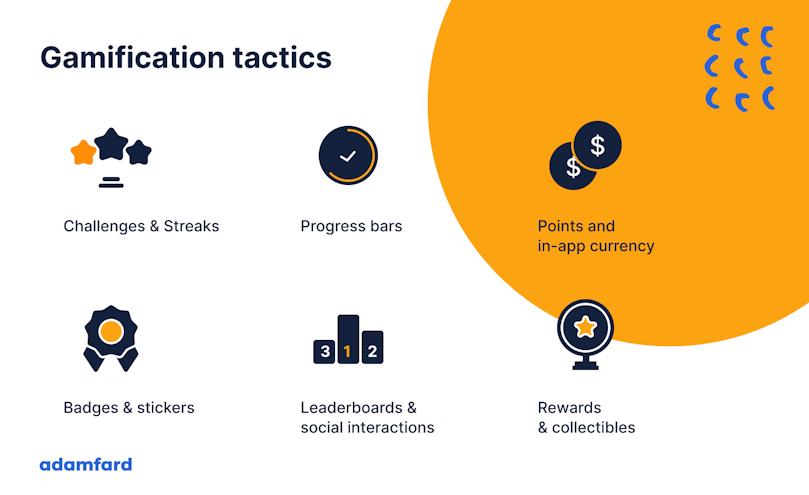
Challenges and streaks
Our first example is Duolingo. Gamification is a fairly popular engagement booster in the E-learning industry. When it comes to education, consistency is key. The app provides its users with experience points for completing challenges and daily streaks.
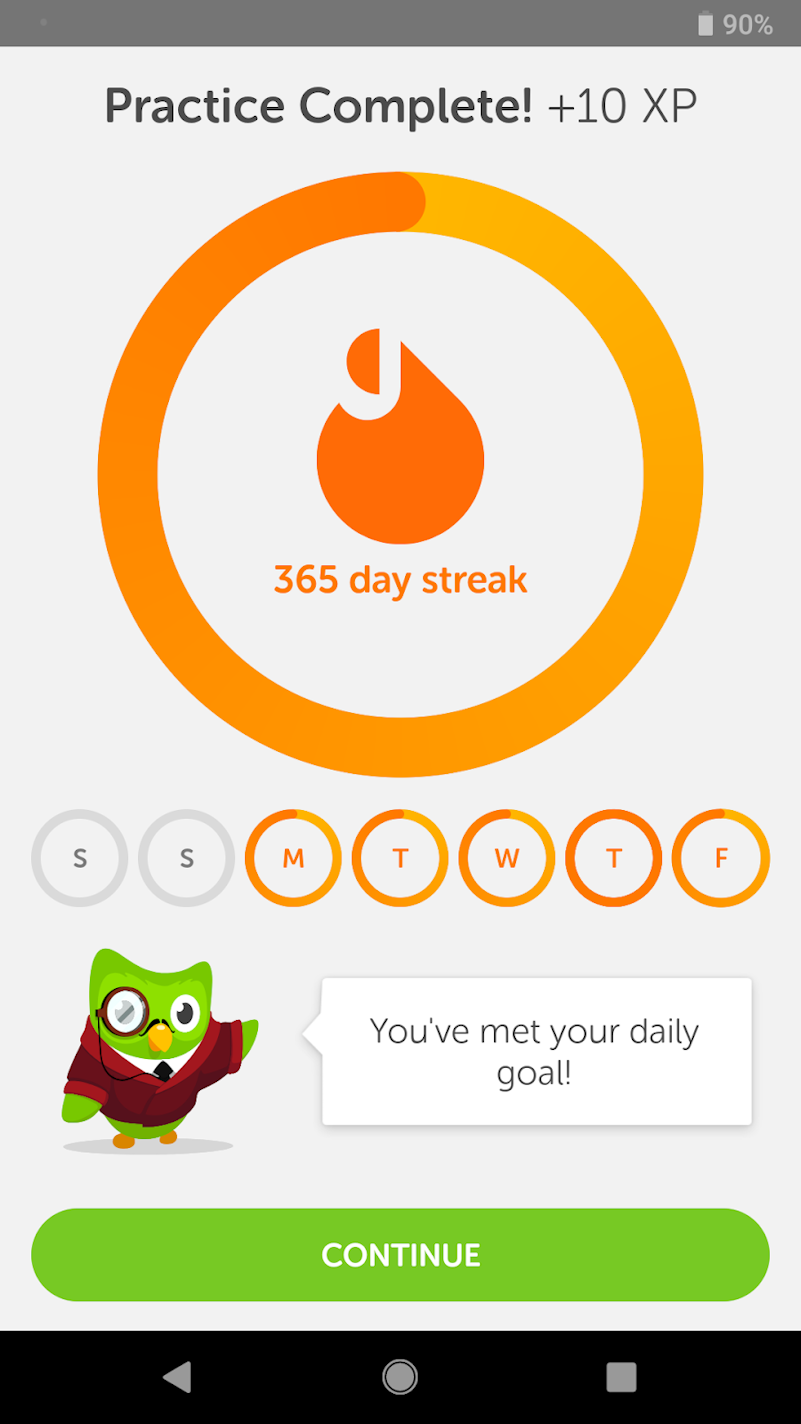
Points & in-app currency
Another way of keeping your users engaged is to provide them in-app currency or points, which they earn as they progress. This currency has two central purposes — reflect status or allow its exchange for physical or digital goods.
For instance, Reddit’s point system is an indicator of your posts' quality and your overall contribution to the community.

Badges & stickers
The purpose behind badges and stickers is to indicate that a person has achieved a laudable result. They’re a great way to awaken a sense of accomplishment. That being said, it’s important to create meaningful milestones for users, in order for these awards to matter.
Here’s an example of how Tripadvisor tries to reward their users for performing useful actions like reviewing hotels.
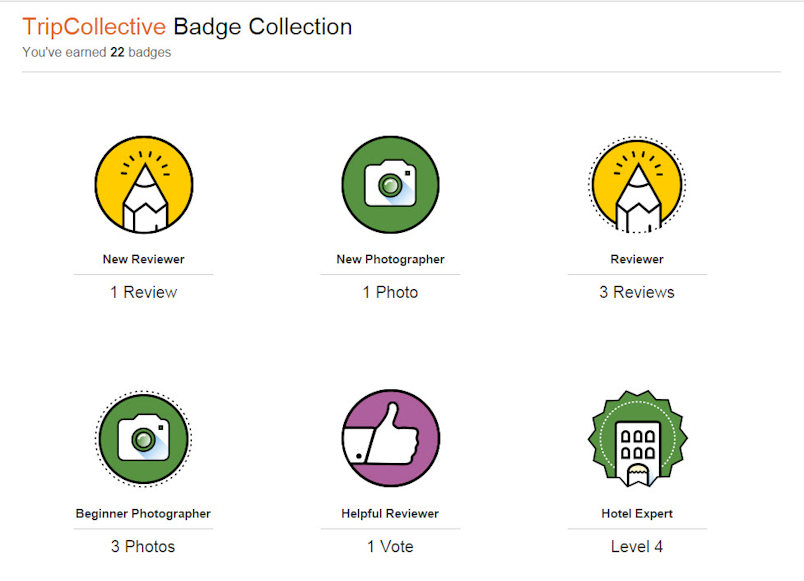
Leaderboards & social interactions
Humans are social animals. We appreciate social validation, but we also value a little competition. Incorporating social interactions in your gamification strategy is vital for increased engagement.
Endomondo, a social fitness network, allows users to react to other people’s commitments and performances.
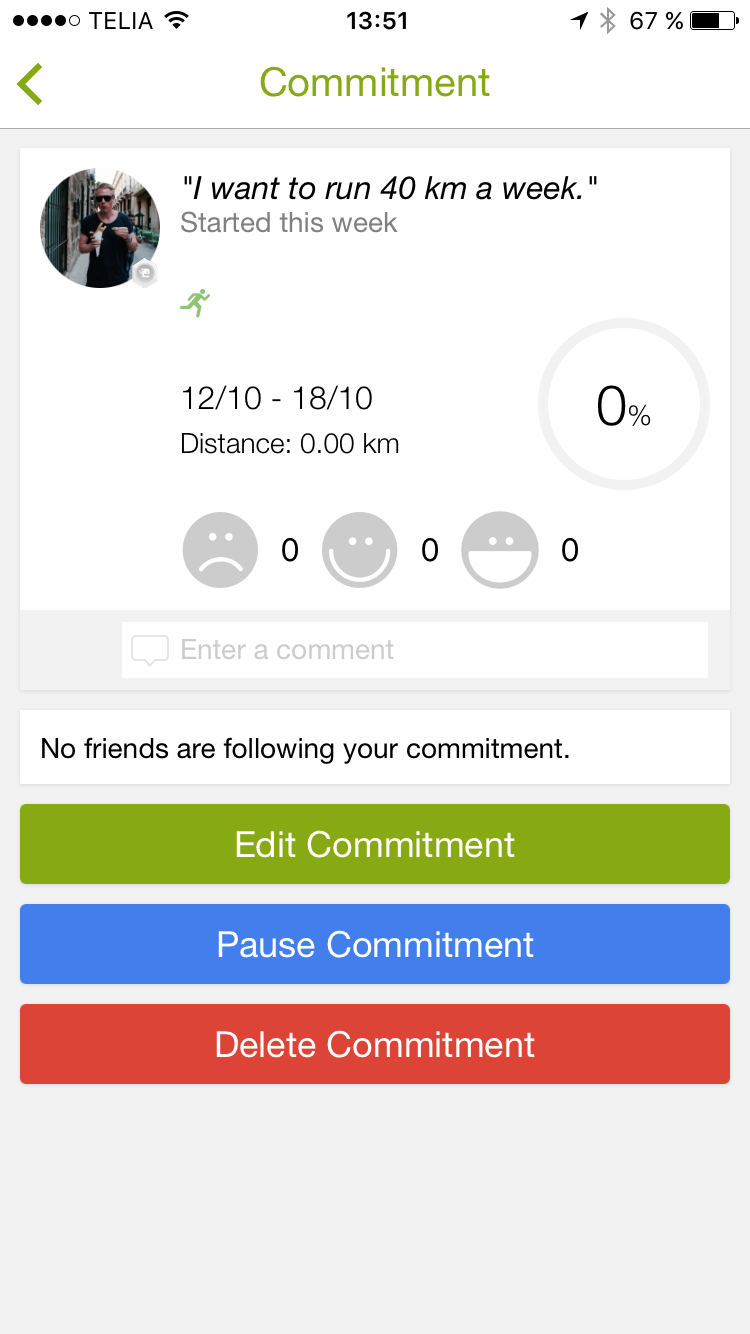
Progress bars
People like to keep track of their progress. It’s a sign of change and improvement. Progress bars are great motivators for this reason in particular, but also because we dislike incompleteness. Having a half-filled progress bar is slightly irritating, and it often pushes us to fill it in.
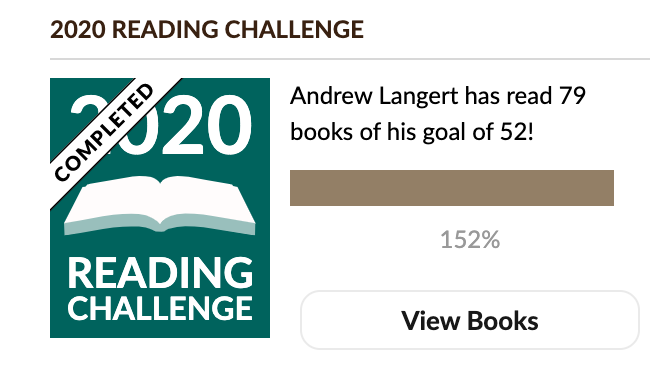
Rewards, collectibles & achievements
Providing users with a wide array of collectibles can act as a powerful incentive for them to complete a range of tasks.
Below is an example of a certificate issued by HubSpot Academy. It can be qualified as a collectible that a user can display on their LinkedIn profile or other relevant pages.

Another great example is Monobank’s list of achievements. It makes the banking experience more engaging for the user.
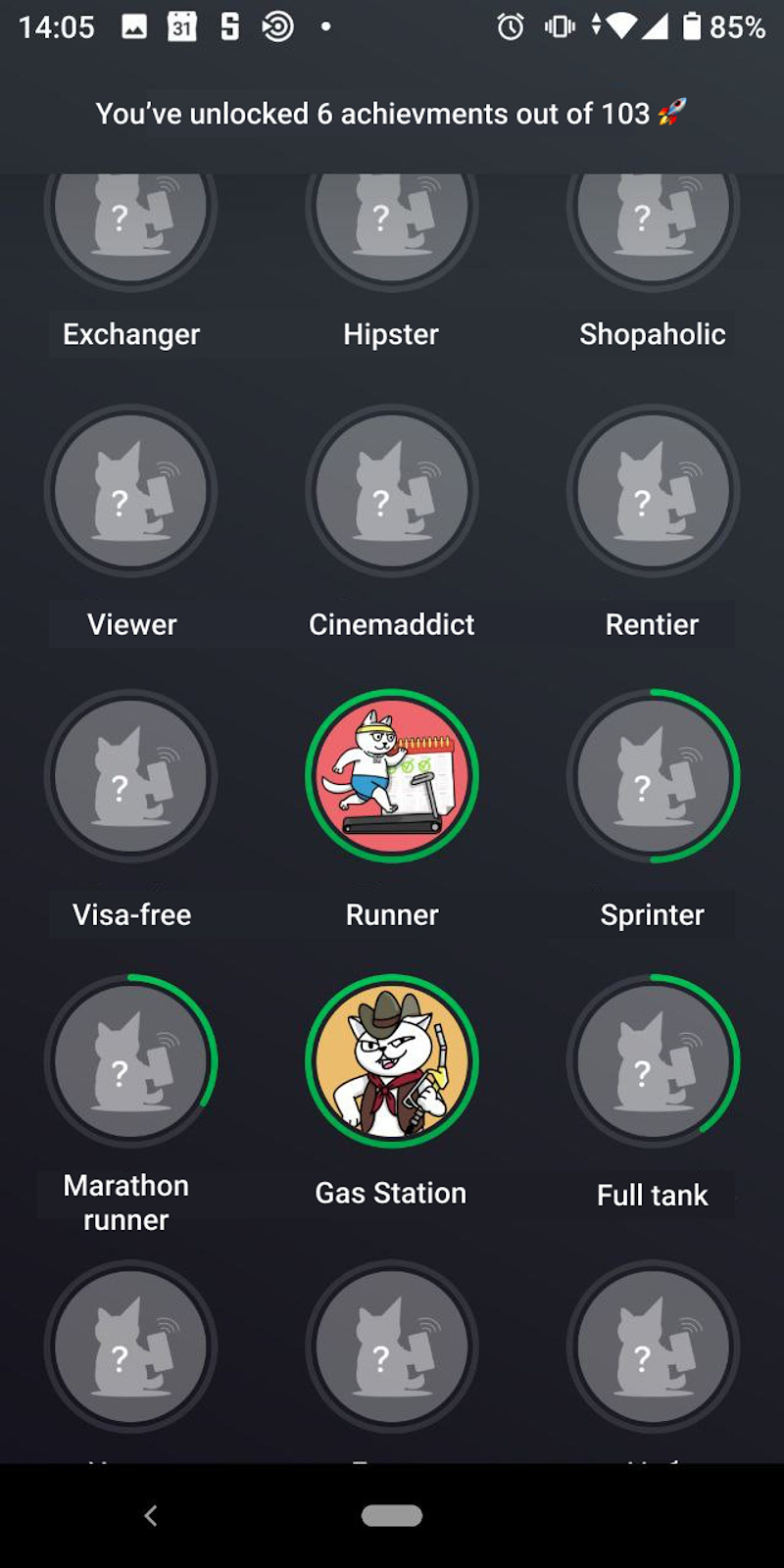
Conclusion
It’s safe to say that gamification can considerably boost your users’ engagement with your product. However, it’s also essential to underline that it needs to be done right. Simply gamifying a digital experience isn’t enough.
It’s essential that we gamify actions that matter to the user, and, above all, these actions need to promote healthy and useful habits.

